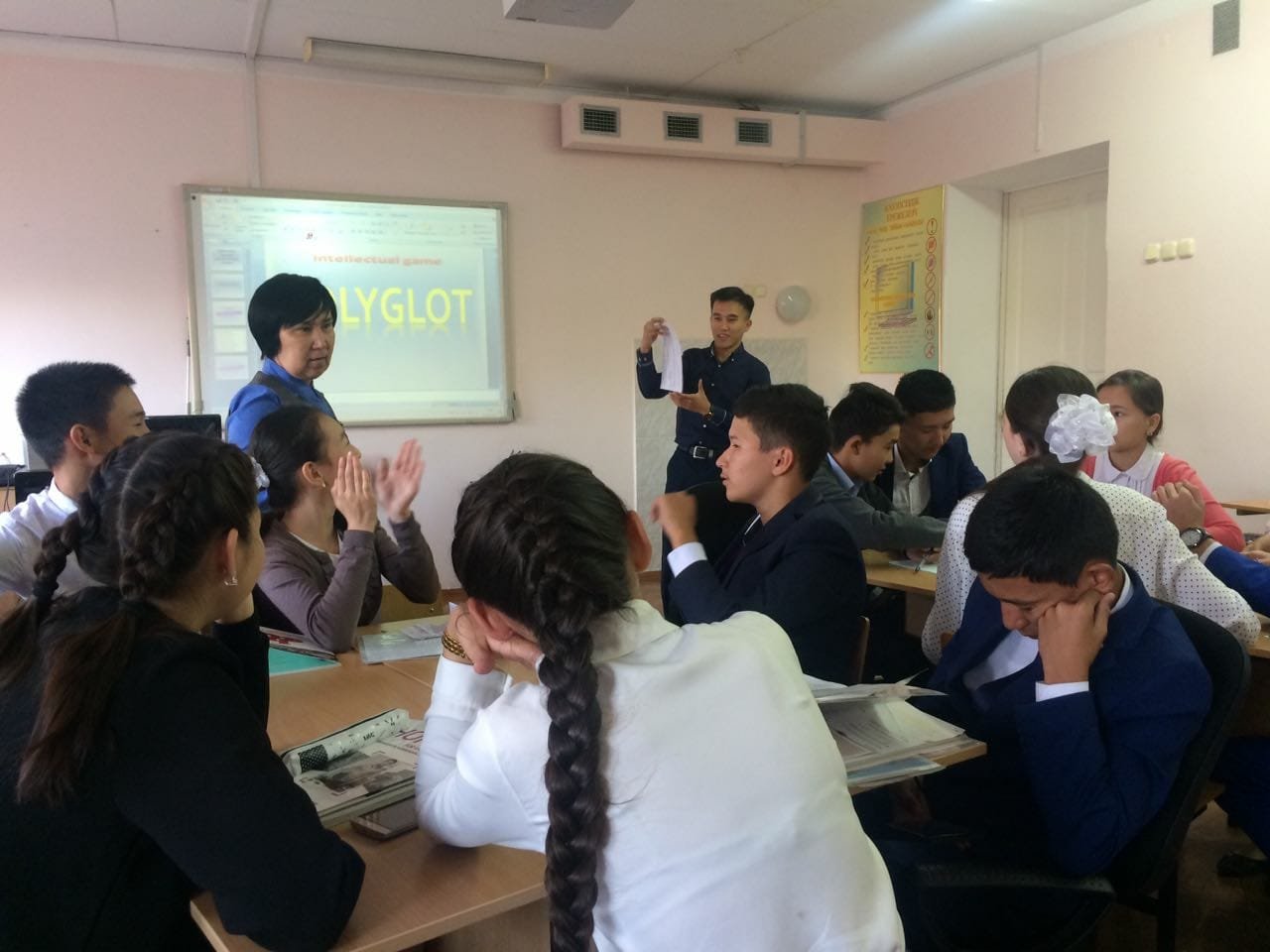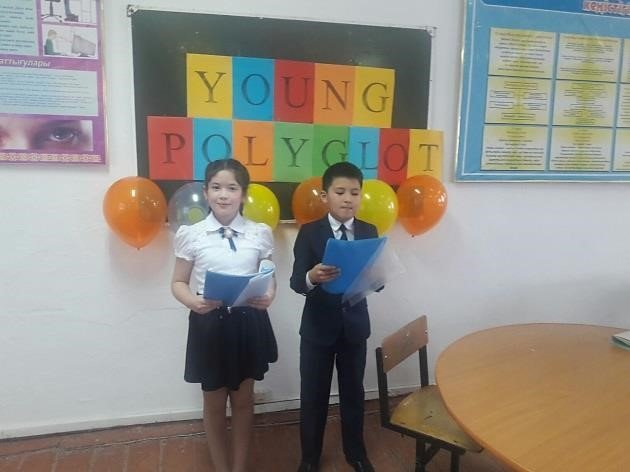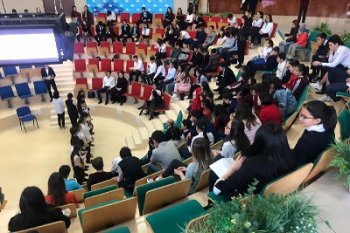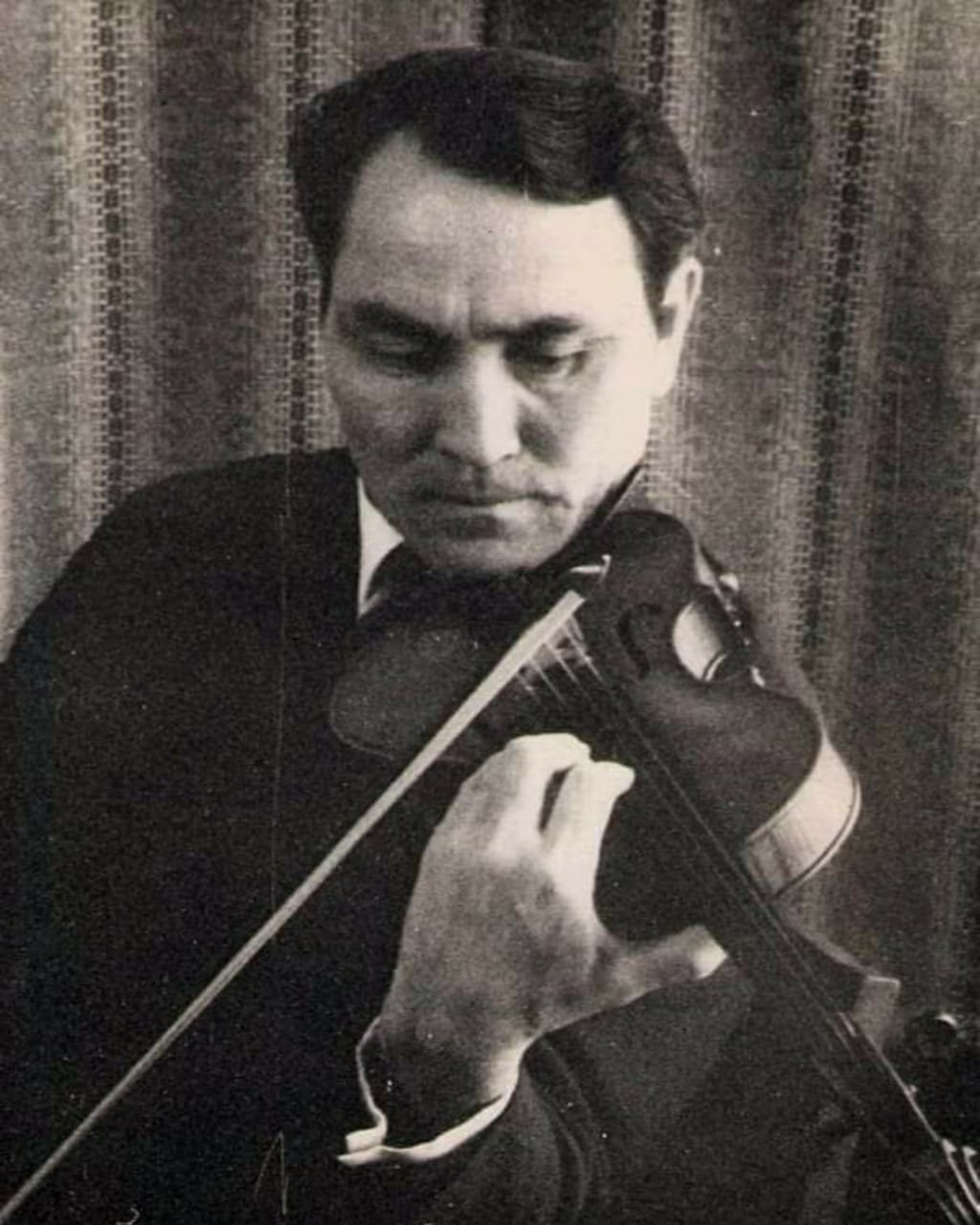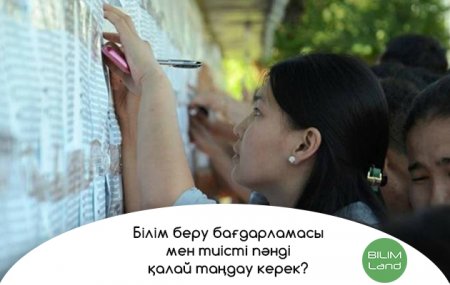Using tiered assignment strategy in the writing class
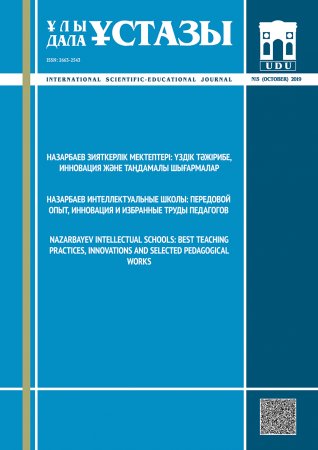 Formation of a polylingual person is one of the priorities aimed at internal policy of our multinational state. In order to ensure the competitiveness of the country and its citizens, the Leader of Nation and the First President of Kazakhstan Nursultan Nazarbayev in his Address "New Kazakhstan in the new world" proposed phased implementation of the cultural project "Trinity of languages": "It is necessary to develop three languages: Kazakh as the state language, Russian as the language of interethnic communication and English as the language of successful integration into the global economy ". According to Nursultan Nazarbayev’s strategy, national education should become competitive and high-quality, so that graduates of Kazakh schools could easily continue their studies in foreign universities.
Formation of a polylingual person is one of the priorities aimed at internal policy of our multinational state. In order to ensure the competitiveness of the country and its citizens, the Leader of Nation and the First President of Kazakhstan Nursultan Nazarbayev in his Address "New Kazakhstan in the new world" proposed phased implementation of the cultural project "Trinity of languages": "It is necessary to develop three languages: Kazakh as the state language, Russian as the language of interethnic communication and English as the language of successful integration into the global economy ". According to Nursultan Nazarbayev’s strategy, national education should become competitive and high-quality, so that graduates of Kazakh schools could easily continue their studies in foreign universities.
In order for our graduates to be competitive and able to study at the world's leading universities, English teachers need to make an enormous effort. First of all, students should learn academic writing and different types of essay in English classes. Developing students' writing skills is considered to be one of the most challenging tasks, since it is a productive skill and should be integrated with other receptive skills such as reading and listening so that students gain some ideas and topical vocabulary. Moreover, class can be full of diverse students and language level of students who are in the same class may greatly vary. Some respond better when teacher conducts visual lessons, and some are better getting their hands on work. Some are beginning writers, and some have skills above their grade level. In such cases, one of the best solutions for English teachers is to differentiate the writing class.
Differentiated teaching has become one of the leading pedagogical approaches in addressing individual learning needs. As Levin defined, differentiated teaching is a student-centered approach which puts individual learning needs and interests forward so that teachers can adapt their teaching styles to accommodate them. The use of differentiation in education has been studied by leading experts and is successfully implemented abroad in the learning process. In particular, the British expert Jeff F. Pitti's "Differentiation overview" textbook describes ways in which differentiated teaching methods can be used at the lesson, including the varied task assignment and task completion. Also, the American teacher Carol Tomlinson's The Different Classroom textbook describes elements of differentiation and how to implement them successfully in practice.
When it comes to writing, teacher can use differentiated writing instructions to allow students varying amounts of time to complete assignments, to give students different writing product options, and to teach skills related to the writing process. According to the English Subject Programme of the Nazarbayev Intellectual Schools which has been developed by Nazarbayev Intellectual Schools (NIS) in collaboration with Cambridge Assessment International Education, secondary school students are expected to manage the entire writing process including brainstorming, planning, outlining, drafting, editing, revising and proofreading a written text over a series of lessons. Since the entire process is complex, students achieve the objectives step by step by receiving support and scaffolding throughout studying the spiral curriculum.
As a teacher of English, I have used the tiered assignment strategy in my personal teaching practice successfully that helped to improve less-able students’ writing skills. Tiered assignments are designed to instruct students on essential skills that are provided at different levels of complexity, abstractness, and open-endedness. The curricular content and objectives are the same, but the process and product are varied according to the student's level of readiness. E.g. While covering the unit “Sport and Exercise” , I had to teach Grade 9 students to write an opinion essay. Students with weaker writing skills were asked to write a four-paragraph opinion essay in which they provide a thesis statement and use their own ideas to support it. They were given the template and structure below:
The learning objective: 9.W1 plan, write, edit and proofread work at text level with little or no support on a range of general and curricular topics. Task: Nowadays sport stars are paid too much for what they do. Do you agree or disagree with this opinion? Introducing the topic Thesis statement (Let the reader know your position) |
Body paragraph 1. Supporting argument 1+examples |
Body paragraph 2. Supporting argument 2+examples |
Conclusion . Restating the thesis statement |
Table 1. The structure of the opinion essay given to students with weaker writing skills
Students with moderate writing skills were asked to write the opinion essay on the same topic, but they were challenged by asking to add one more body paragraph giving counter argument and giving rebuttal to it at the same time. They were given the template and structure below:
The learning objective: 9.W1 plan, write, edit and proofread work at text level with little or no support on a range of general and curricular topics.
Task: Nowadays sport stars are paid too much for what they do. Do you agree or disagree with this opinion? Introducing the topic Thesis statement (Let the reader know your position) |
Body paragraph 1. Supporting argument 1+examples |
Body paragraph 2. Supporting argument 2+examples |
Body paragraph 3. Weak counter argument+ Rebuttal |
Conclusion . Restating the thesis statement |
Table 2. The structure of the opinion essay given to students with moderate writing skills
Students with more advanced skills were asked to research the topic in more depth and use substantive arguments from their research to support their thesis. They have read two articles on the given topic, annotated them and took notes of quotes. They were challenged by asking to synthesize the information and use in their essay.
Table 3. The annotation worksheet given to students with advanced writing skills
The learning objective: 9.W1 plan, write, edit and proofread work at text level with little or no support on a range of general and curricular topics. Task: Nowadays sport stars are paid too much for what they do. Do you agree or disagree with this opinion? I. Introduction = Thesis (topic and position are clearly stated with supporting arguments, 1 sentence only) __________________________________________________________________ II.Body paragraph 1 = 1st supporting Argument __________________________________________________________________ a. Cite Source_________________________________________________ b. Cite Source_________________________________________________ III. Body paragraph 2 = 2nd supporting argument _________________________________________________________________ a. Cite Source_________________________________________________ b. Cite Source_________________________________________________ IV. Body paragraph 3 = Opposing view (mention an argument for the position opposite of yours) __________________________________________________________________ a. Cite Source_________________________________________________ V. Body paragraph 3 = Rebuttal (attack the opposing view) __________________________________________________________________ a. Cite Source_________________________________________________ VI. Conclusion = Big Idea |
Table 4. The structure of the essay given to students with advanced writing skills
As a result, all of my students achieved the learning objective, but the outcome was different depending on their readiness.
Conclusion.
Sembekova Ainur Meiramkyzy
English Language teacher, Master of Pedagogical Science
Nazarbayev Intellectual School of Physics and Mathematics in Almaty
